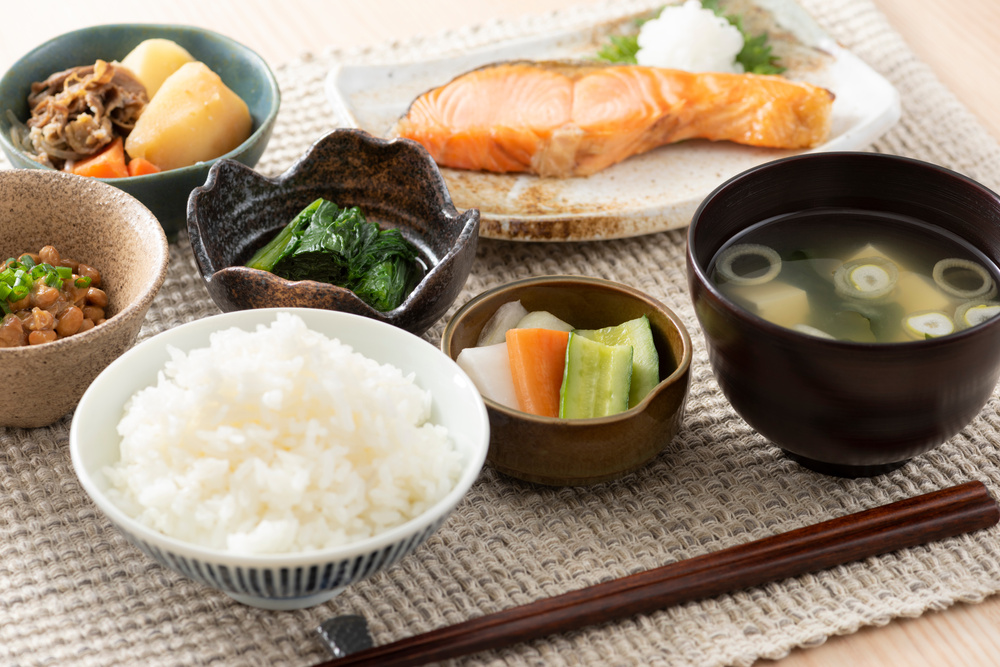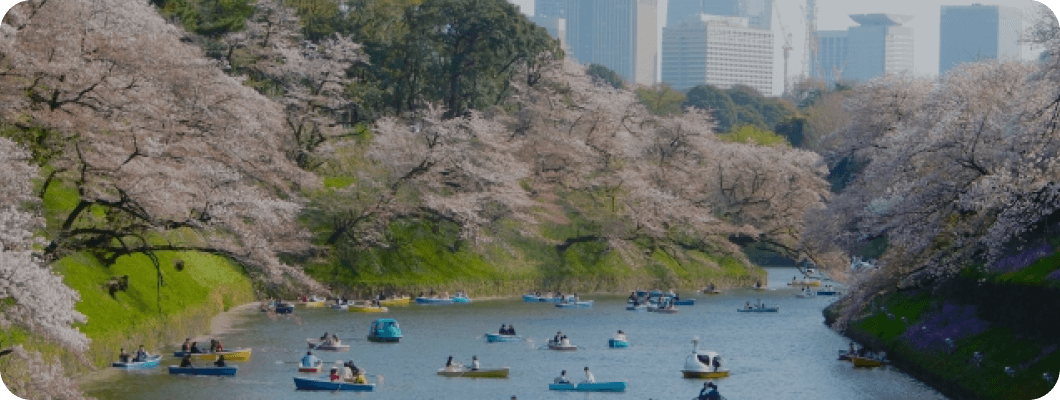
NEWS

Japanese food and culture ①
BLOG

Hello everyone!
Today we will start to introduce you to Japanese food and culture.
There is a reason for all food, and I think you will enjoy it more if you know about it!
Japan is an archipelago stretching long from north to south, with various landforms such as oceans, rivers, mountains and plains. The climate and climate of each region varies considerably, and each area is blessed with seasonal delicacies from the sea and mountains that are unique to that region.
We have been cooking dishes that make the most of these natural flavours and eating them with great care. We have taken care in cooking and preserving ingredients to use them efficiently, and we have paid attention to the dishes, the decorations and the room decorations to appreciate the four seasons, and have created special feasts for special occasions such as New Year's Day.
In this way, a culture has been fostered by respecting the gifts of nature, and by skilfully incorporating foreign ingredients and cuisines on top of the customs handed down in daily life. This has been recognised as part of the culture of Japanese food and has been designated an Intangible Cultural Heritage Site.
The basic form of Japanese food is a combination of rice, soup, soup stock, side dishes and pickles. The main ingredient is rice, to which are added soup soup and a number of side dishes. For example, ‘ippiru ichiru’ means that the rice is accompanied by one soup ingredient, such as miso soup or sumashi soup. In addition to a large side dish (usually meat or fish, called the main dish), one or two smaller side dishes (side dishes), such as a Japanese-style dashi or ohitashi, are called ‘nisai nisai’ or ‘sanzai sanzai’ (tsukemono is not included in the ‘sanzai sanzai’ category). The combination of these dishes is called “menzoku konte” and has been handed down from the end of the Heian period (794-1185) to the present day.
Miso soup soup and takikomi gohan with many ingredients also serve as side dishes, so rather than worrying about the number of side dishes, it is better to use mainly fish and meat as main dishes. A nutritionally balanced meal can be achieved naturally if you try to include a variety of seasonal vegetables, seafood, meat and other ingredients that are close at hand, for example by combining a variety of vegetables as side dishes.
Dishes such as curry and rice, rice bowls, sushi and noodle dishes such as udon and soba are also considered to be Japanese food, although they differ slightly from the basic basic form.
These are also clearly Japanese foods.
What did you think?
Today you want to enjoy Japanese food, don't you?
See you next time.
instagram
realestatejapan
PDF file









